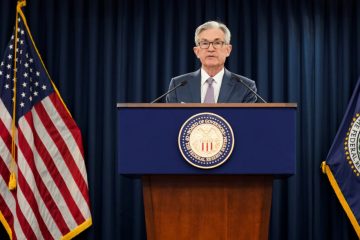US Dollar Declines Continue

Financial markets have seen some very interesting trends this year with instruments like the SPDR S&P 500 ETF (SPY) and SPDR Dow Jones Industrial Average ETF (DIA) scaling new record highs with very little in the way of downside corrective retracement.
This has been based on many of the pro-growth business policies that have been promoted by the administration of President Donald Trump, and most of the tone has been optimistic when we are looking at the relative valuations of the corporate sector.
Of course, there are peripheral markets that do not share most of these same correlations and when we are looking at areas like gold and oil, some of the price activity has been conflicting. For example, market valuations in WTI crude oil have hit long-term lows even with the smaller rallies that have unfolded over the last several weeks. This can be seen in instruments like the United States Oil Fund (USO), which is one of the most popular ETFs connected to the price of oil.
Lack of correlation has also been seen in the U.S. dollar, where the currency has fallen against the euro and British pound in several significant trends this year. These moves have been based in the stabilizing economy in Great Britain and in the Eurozone as foreign transaction reports have shown consistent strength. This suggests there is growing interest in regional markets that require strong relationships with large corporate names in these regions.
In foreign exchange markets, the value of the pound and the euro are typically tracked using the pound/dollar and euro/dollar currency pairs. When dealing with stocks, though, ETFs are much more common and this typically translates to positions in the CurrencyShares Euro Trust ETF (FXE). So any time you are looking to invest in assets related to the value of the pound and euro there are multiple options available and several different types of trading strategies that can be used to express a stance on these markets.
Screenshot 2017-07-16 at 2.28.00 PM.png
In terms of the dollar, it should be remembered that we will generally need to see declines in the euro and pound in order to see sustainable rallies in the greenback. But a more balanced view of the dollar can be seen when trading in the PowerShares DB US Dollar Index Bullish (UUP), which is now falling closer to critical support levels near 24. If you are looking at potential options strategies, traders can use this area as a basis for strike prices. If markets are able to find sufficient buying activity near those levels, there is strong risk-to-reward potential for call options that expire before the end of this year. We can expect the dollar to start rising from these already depressed levels, but the score for rallies above 26 remain questionable.
This will depend on the next policy commentaries from the Federal Reserve so this is where investors should be focusing their attention over the next several months.



